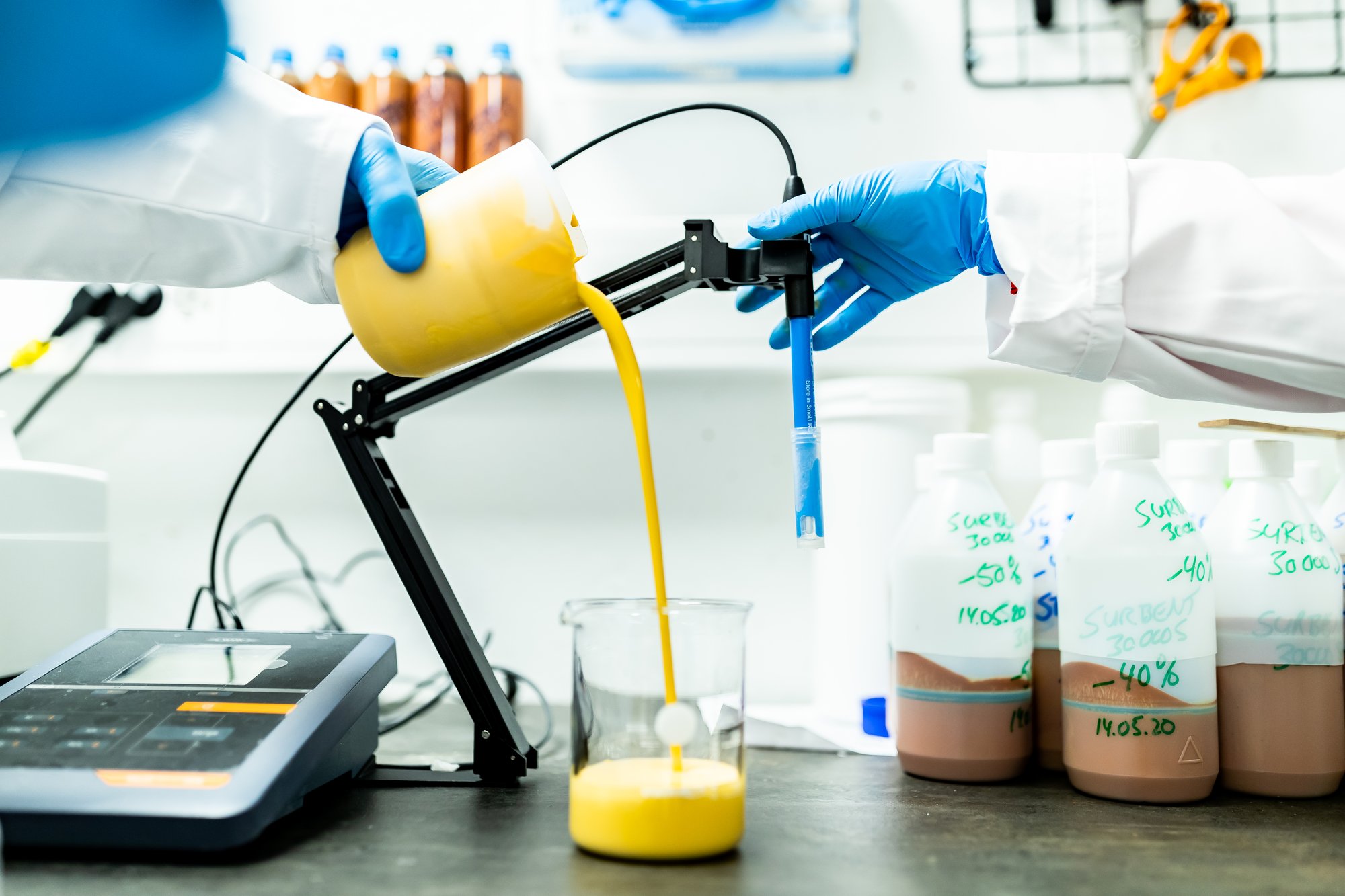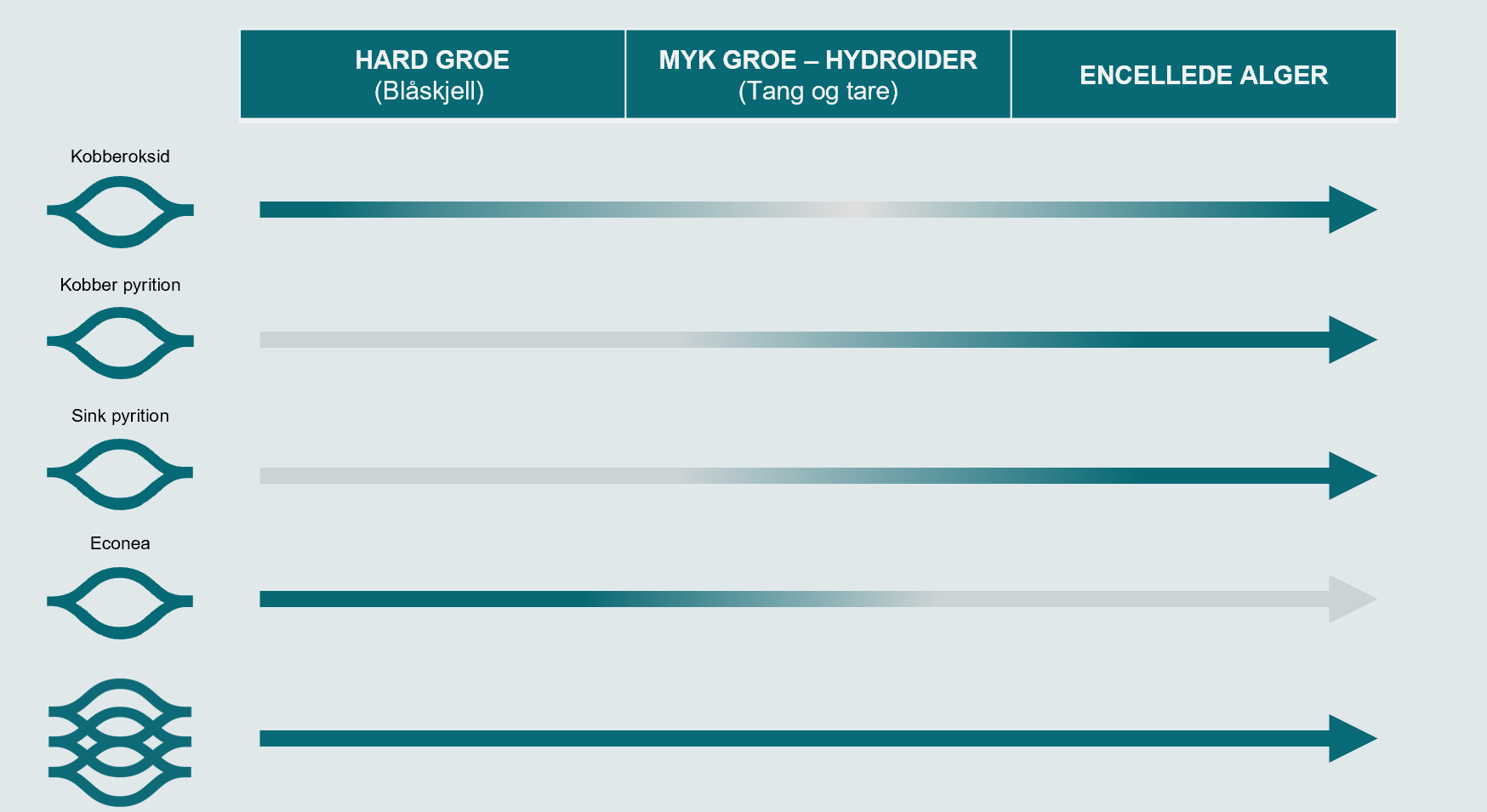Biocides

In order to choose the right impregnation, there are several external influencing factors that must be taken into account. The environment at different sites varies depending on both the season and the location of the site.
Nutrients in the water, temperature, light, which growth organisms are present, salinity, currents and oxygen levels in the water are all factors that affect growth pressure.
To customize the products in the best possible way, we have 3 parameters we can adjust:
The amount of product on the net determines how long the product has an effect
The biocide composition determines which growth organisms the product is effective against
The speed at which the biocides are released determines the strength of the product
Based on knowledge of the conditions and the desired duration of effect, we will recommend the best possible customized products for our customers.
Copper oxide Cu2O
This is the active ingredient most commonly used historically in antifouling products. Copper is found naturally in both seawater and sediments. Copper is an essential micromineral and marine life is completely dependent on the supply of copper from rivers and underwater volcanoes.
Copper has a very broad spectrum, it works well against both hard growth and algae and can be used alone as a biocide in an impregnation and give good results. Copper can also be advantageously combined with other active ingredients.
Copper oxide is approved for use in the EU.
Econea
Econea is the active ingredient that is really catching on in the Norwegian market and is increasingly taking over from copper in impregnations.
Econea works excellently against hard growth, but is less effective against algae. Econea is therefore less suitable as the sole active ingredient in an impregnation if it is to be used in locations with a lot of algae growth. Econea can be combined with copper oxide or copper omadine.
Econea is approved for use in the EU.
Copper omadine
A widely used cobiocidal together with copper oxide in antifouling products for ships.
Kobberomadine is an algicide (it works against algae) and can be used together with Econea and/or copper oxide to create broad-spectrum impregnations.
Kobberomadine is approved for use in the EU.
Sinkomadine
Zincomadine is the precursor to copperomadine and was largely replaced by the latter as zinc often made the antifouling unstable in terms of viscosity. Sinkomadine has the same function as copperomadine, it is an algicide and works poorly on its own.
Sinkomadine is under approval in the EU and is allowed to be used during the approval period.
Biocide's different areas of action
Impregnation works differently from location to location. One active ingredient works well alone in some areas, while other times a combination of several biocides can be the most effective, as illustrated in the model below.
